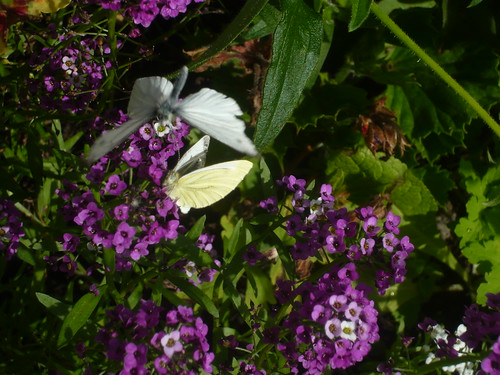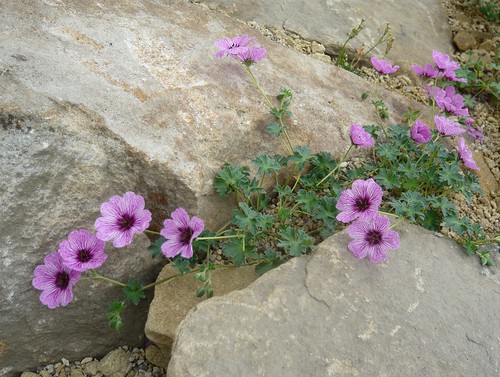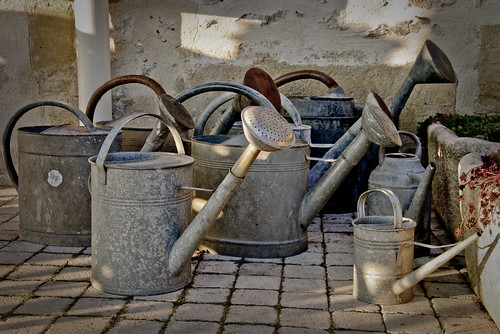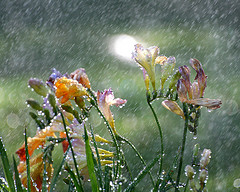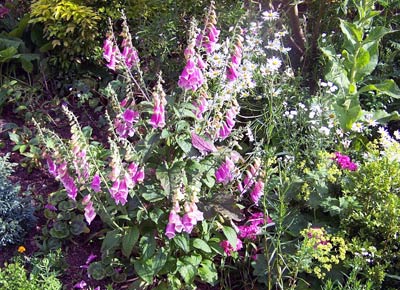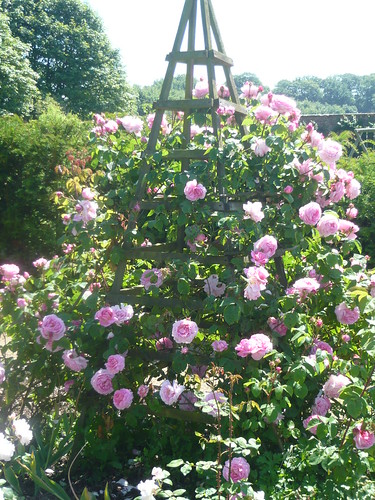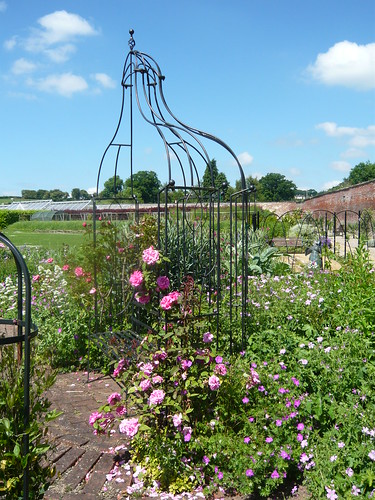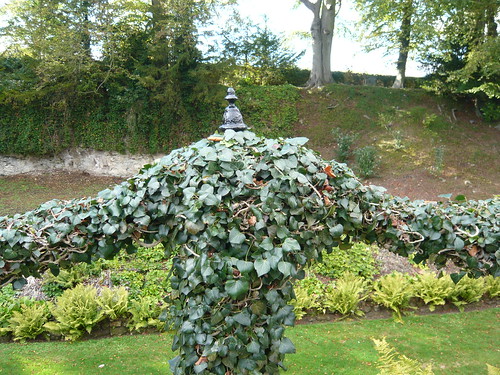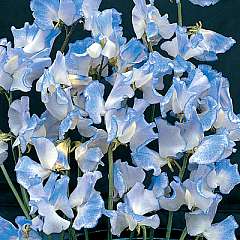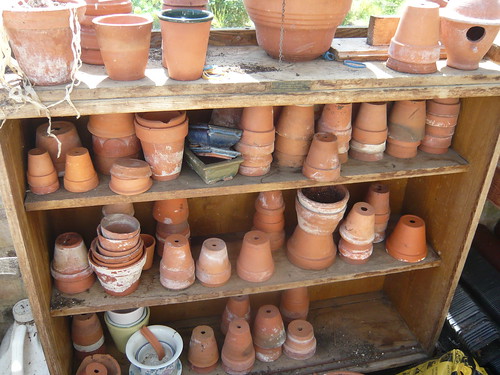Breathing Allergies
Hay fever sufferers don’t need to told about the typical symptoms of sniffing, sneezing, puffy eyes, sore throat and a runny nose. Starting in spring through summer these symptoms are likely to be caused by pollen and allergens. All year round symptoms are more likely to be caused by dust mites or pets such as cats.
Asthma is characterised by chest and breathing problems and can be caused by allergic triggers such as pollution, infection, or allergens. Airborne particles including pollen and fungal spores can bring on an attack especially if there is a known susceptibility to asthma.

Hay Fever and Asthma sufferers should cut down on Pollen
- Given the above it is logical to avoid plants that are high in pollen particularly those that are wind pollinated. This includes grasses, weeds like docks and plantains, trees and shrubs that flower before the leaves are fully formed such as Hazel,Alder, Oak, Poplar, Sycamore and Birch.
- Use other low pollen trees such as pink or red Hawthorne, Crab Apple, Prunus Cherries or Mountain Ash. These trees attract Bees so if allergic to stings then be even more selective with Ameleranchier or double flowered Japanese Cherries.
- Female flowers do not produce pollen so chooses them in preference to male plants. Male trees or shrubs all produce large amounts of allergenic pollen.
- If you can avoid having a lawn that may be best if not cut it regularly before it flowers or better still get a none sufferer to cut it. This is because even un-flowered grass will have trapped other pollen, dust and spores that is disturbed when cut.
- For play areas use play ground rubber, artificial turf or inert covering but be aware of dusty surfaces.
- For flat areas use ponds or water to reflect other green colours from the garden.
Select varieties with low Allergic pollens
- Herbs like Chives, Thyme, Mint, Bay and Sage or the hotter Caraway, Cumin and Coriander but be wary of bees that are attracted by scent to pollinate the plants
- Hosta come in a wide range of textured and coloured leaves. occasionally a variety may have scented flowers but these can be cut off.
- Pink or red Pholx like P. paniculata Barnwell avoid the more scented whites
- Geum and various Penstemon may be comparatively short lived but you won’t need a constant supply of tissues.
- Hydrangea lacecap varieties or Spirea Japonica provide shrub interest
- Large flowered Clematis and passion flowers can provide height as climbing plants
- Annuals and biennials offer a fairly good choice including Busy Lizzie, Forget-me-not, Lobelia, Universal pansy (not the scented violas), Petunia, Nigella and Nasturtium.
- Plant disease-resistant varieties as mildew, rust and black spot  reproduce by spores.
Plants with Pollen to Avoid
- Pampas grass and ornamental grasses
- Marigold or Calendula and Achillea or Yarrow have pollen which can cause asthma
- Chrysanthemums and Shasta Daisy have allergenic pollen
- Even Privet and Elder can trigger hay fever or asthma
- Weeping Silver Birch, Willow trees and any ‘catkin’ forming trees are a risk of Hay fever and asthma
More Information
Read about Scent and Smell  in low allergy gardens.
Books from Amazon:

Creating a low-allergen Garden by Lucy Huntington
Allergy Free Gardening by Thomas L Ogren
